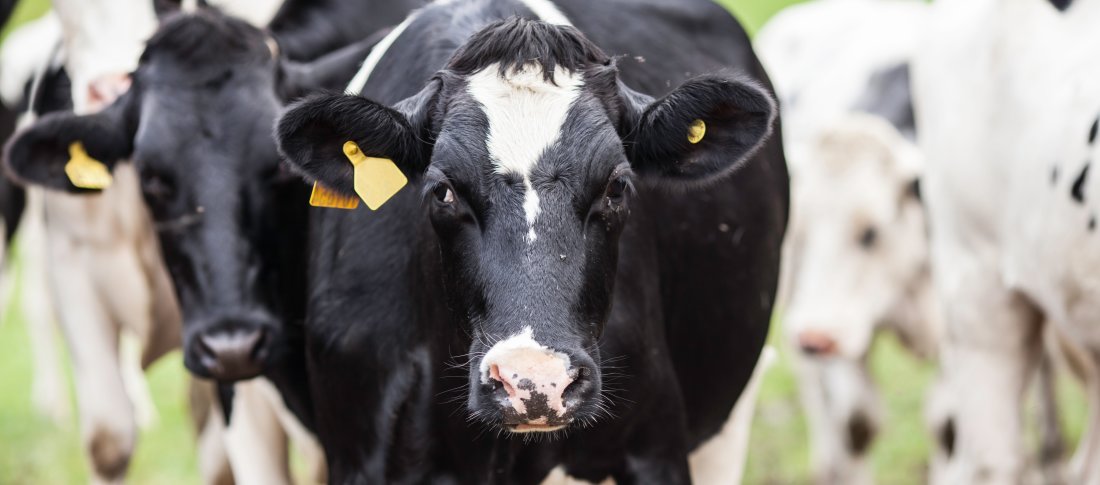It’s only farmers that think about winter in the summer and summer in the winter. But this is because forward-thinking is the key to success. It’s all very normal to be enjoying the sun and thinking “what will I put in my feeder wagons this winter?” With that in mind, let’s nail down how to make winter feeding really successful…
Silage analysis
If you want to feed for success, you need quality silage. Your first priority should begin with silage analysis. This way you can fully understand the quality of the basal forage; determine requirements for total metabolisable energy; and allow for appropriate supplementation for key macronutrients including fibre, starch, sugar and protein.
Stocktake
Do you have enough forage? Do you have enough equipment? Now is the time to ask. You must ensure you have enough equipment, that’s in good condition, for the winter-feeding season. It’s also vital that you’re aware of the availability of your forage stocks, so you have enough time to plan for cost and forage replaces.
Benefits and requirements for fat
“Avoid overloading the diet with high starch supplements like cereals to make up for an energy deficit because it will lead to accumulation of acid in the rumen, increasing the risk of acidosis. Instead, choose a rumen-protected fat supplement like Megalac, Mega-Max or Mega-Fat 88 that will provide energy without negative effects in the rumen.”
Professor Palmquist famously stated many years ago that ‘Fat Out’ needs to be matched with ‘Fat In’. To put it into context, a cow giving 40 litres at 4% milk fat produces 1.6 kg of milk fat/day - this is equivalent to the dietary fat requirement of the cow per day (assuming no change in body weight).
The typical dairy cow needs 15 to 20% of her metabolisable energy to come from fat. This must be planned in for your winter feeding.
But remember, it’s the fatty acids in the fat that are key. Recommendations for the type of fatty acids are also dependent on the stage of lactation, individual farm challenges and requirements to maximise returns from specific milk contracts. So, when mapping out the fats your cows will need, ensure you are meeting all of the factors above.
Ensure the fats you feed are rumen-protected and consider fatty acids
If you’ve seen our Megalac Feed Journey video, you’ll understand the true scope of why rumen-protection matters. ‘Unprotected’ fats are at risk of rumen biohydrogenation. This means that the valuable C18:1 and C18:3 fatty acids are converted to less-digestible C18:0.
High-C16 supplements fatty acids will drive milk fat production but risk stripping condition, whereas C18:1 fatty acids help maintain body condition and improve fertility. An optimum balance of C16:0 and C18:1 fatty acids can be found in the Mega-Max formulation and research-proven for early lactation cows.
Transition carefully
Parents who think their children are fussy eaters have obviously never fed a four-stomached mammal. Cattle already undergo a change of housing in the winter, so a change of diet is added anxiety. It takes three to four weeks for the microflora in the rumen to adjust to any ration change. This poses the risk of food not being digested properly, subsequently leading to nutrient loss. This is why it’s essential to manage this transition as carefully and gradually as possible. Remember, the smoother the transition, the happier and the more productive the cow will be.
Labour
Behind every healthy and happy cow - is a team of knowledgeable farmers. It’s vital to ensure you have sufficient resource and everyone is trained in your specific hygiene and feeding processes. If your team is not highly trained in these areas, this will have long-term effects for the cattle and the overall business. We’d recommend making ‘how-to’ guides for your team to ensure high standards are maintained. It’s also advised to conduct frequent team meetings to discuss achievements, challenges and educational opportunities.
Create a task-list
We know you don’t need any help with how to feed a cow. But farmers are very guilty of taking on too much. Creating task-lists and delegating timings and resource will help to spread the workload and generate a better understanding of how much needs to be done and when it needs to be done by.
Over to you…
We wish you all the very best for your winter-feeding season. And we should probably mention the eighth key to success, it’s you! Trust your instincts, use your resources and utilise your knowledge wisely. If you want to share your own tips and insights, join our farming communities on Facebook and Twitter.
